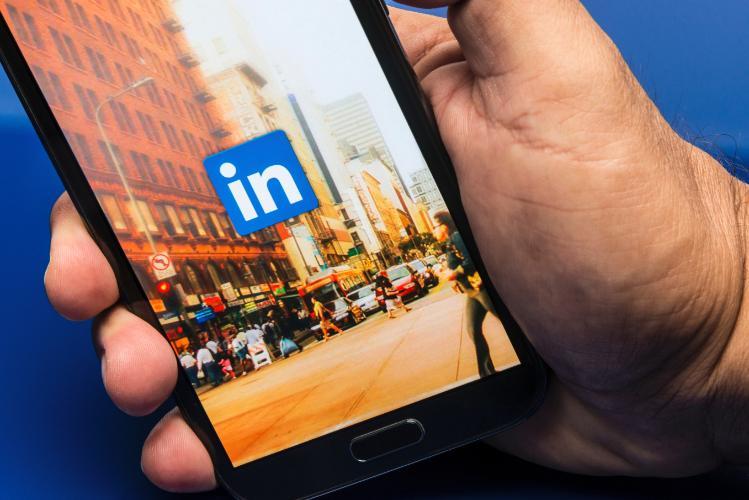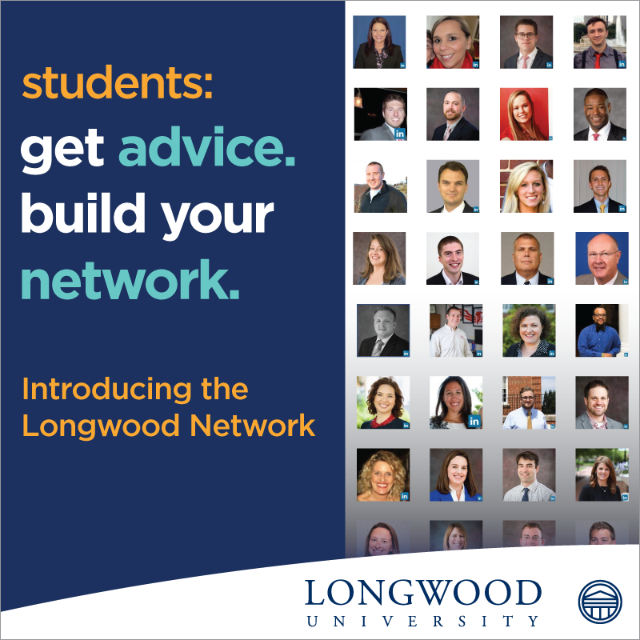At University Career Services we review a lot of resumes. Whether a student comes to us as part of a class assignment or because she is beginning the process of applying for jobs or internships, resume assistance is our most popular service.
A resume is definitely an important document when you apply for a job or internship. In most cases, submitting a resume is still required for formal consideration as a candidate for an open position. But the world is changing and LinkedIn has become a crucial component of a student’s career development strategy.
At UCS we’ve noticed there is an over-arching misconception that a LinkedIn profile is an online resume. Resumes are more limited and used to apply for specific jobs or internships.
A LinkedIn profile is much more than a resume; LinkedIn has become a more important piece of a student’s individual short- and long-term career development strategy because it allows them to showcase more of their personality, interests, and aspirational objectives.
Here are three differences between a resume and a LinkedIn profile.
1. A resume should be customized for a job description; a LinkedIn profile should be much broader and more inclusive.
Resumes are a tool to be used when applying for a specific job. Before a resume is submitted it should be revised to include keywords from within the job description.
LinkedIn profiles should showcase a student’s “business of one” and are typically not revised for specific jobs. Think of LinkedIn profiles as resumes that never sleep.
2. LinkedIn profiles communicate a student’s unique personality; a resume demonstrates job qualifications.
A LinkedIn profile is a great place to share different writing samples, blog posts, links to interesting articles, and other media items that showcase personality and versatility.
Resumes are more strictly formatted and designed to provide a hiring manager with a snapshot in time.
3. Student resumes should be one page and should not include recommendations; LinkedIn profiles can be as long as necessary and include a variety of recommendations.
Recruiters will often review student LinkedIn profiles to see if professors, colleagues or former supervisors have provided a recommendation. Recommendations on LinkedIn are a great way to stand apart from other candidates.
More and more companies allow applicants to apply for specific jobs simply by submitting a LinkedIn profile, but for the most part application processes typically require a resume, cover letter, and in many cases a writing sample.
At University Career Services, we help students prepare great resumes when applying for jobs… and great LinkedIn profiles for students looking to showcase who they are as people and as prospective employees.
About the Author






Leave a Comment